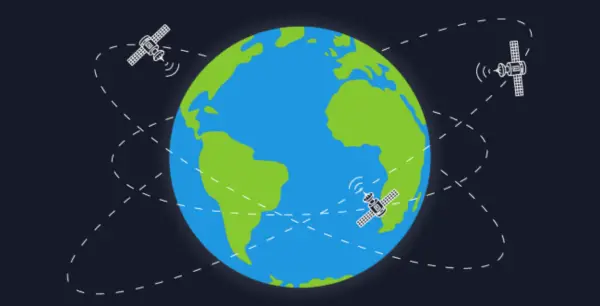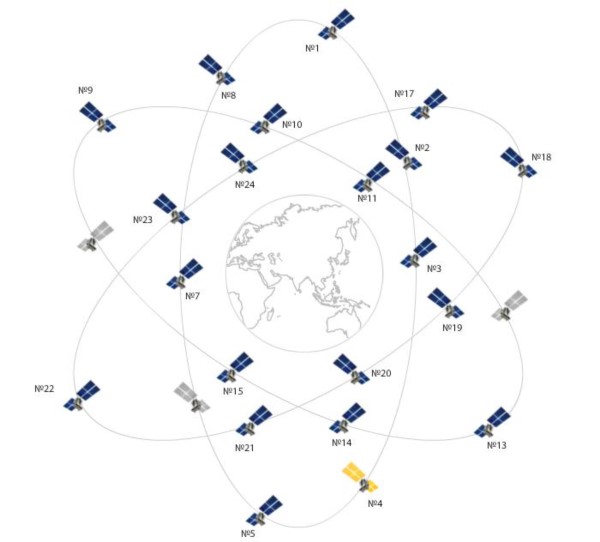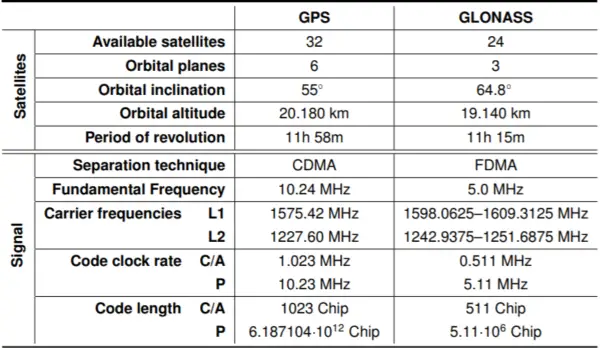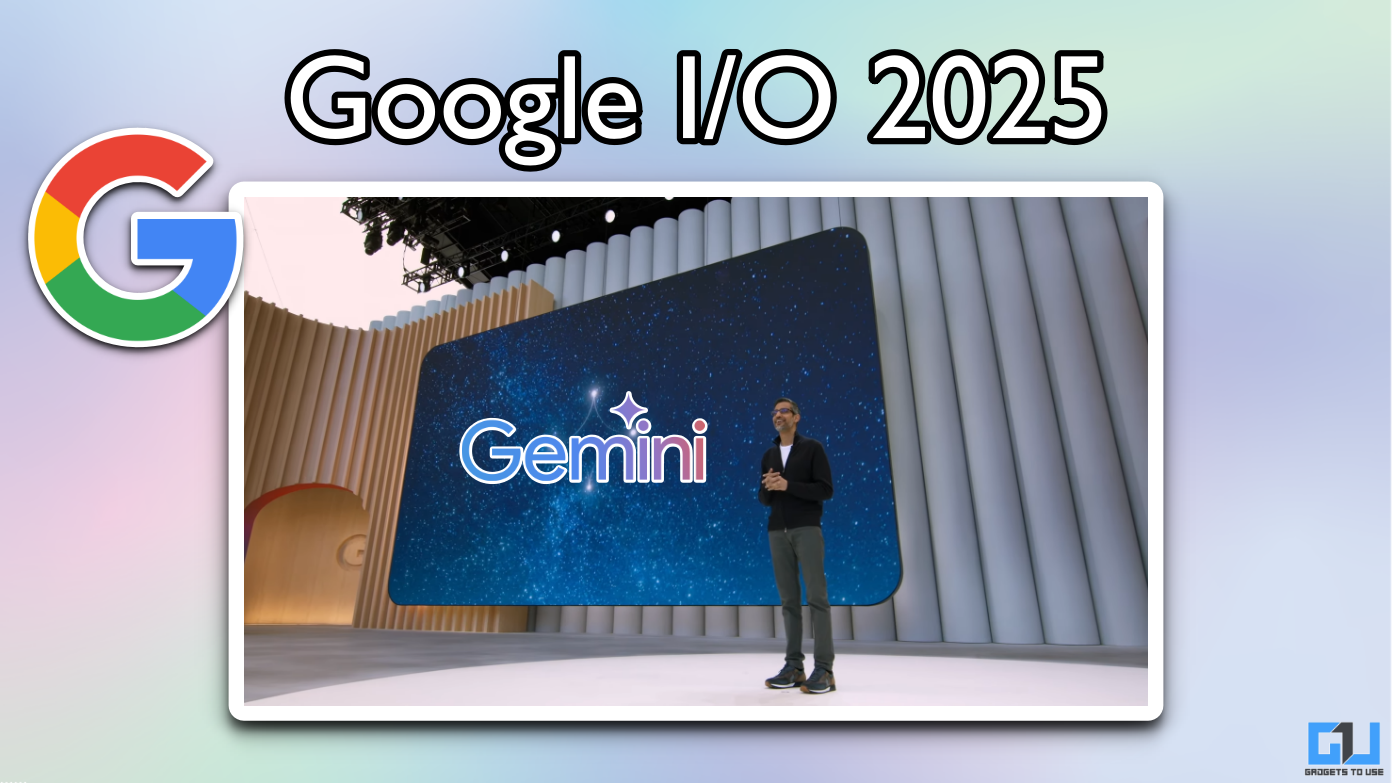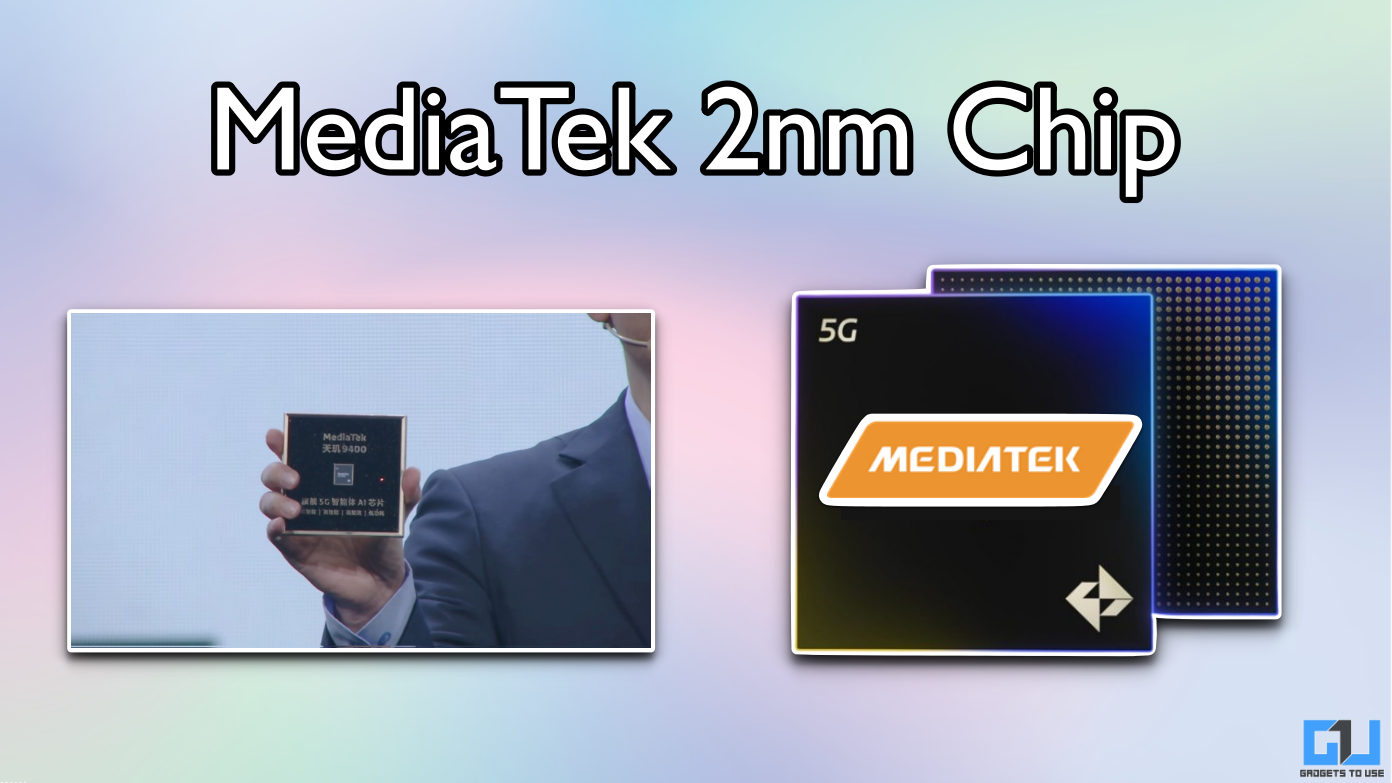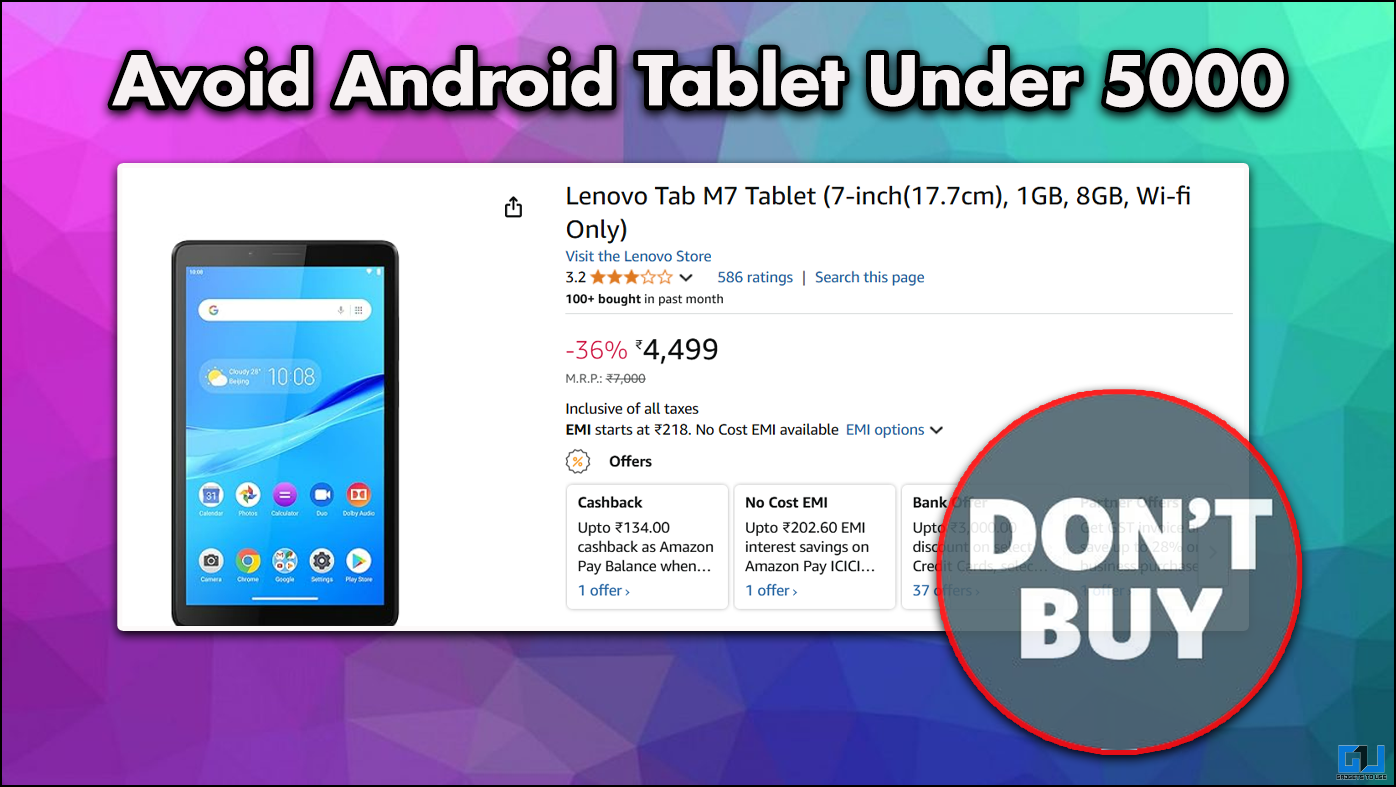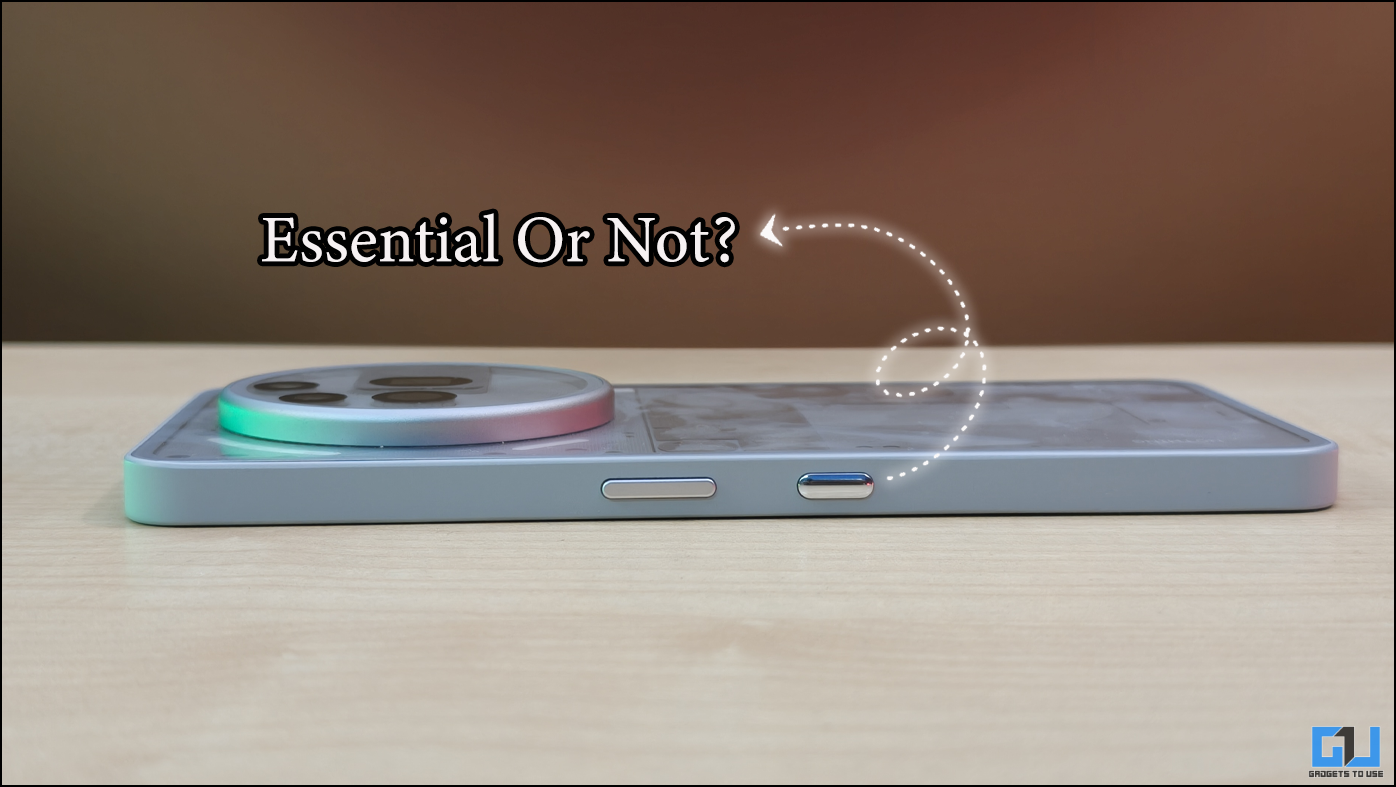Quick Answer
- Notably, it is the most expensive program by the Russian Federal Space Agency to date, consuming almost a third of its budget, as per the 2010 data.
- As far as the positional accuracy is concerned, it would be wrong to term either of them as the better one.
- This gives it an edge over the latter as it covers the region where most of the global population lives.
Well, you might have already come across the terms GPS and GLONASS, especially while going through the specifications of mobile phones. Although, while most people are quite familiar with GPS, not many of them know about GLONASS.
To start with, GPS and GLONASS are two different space-based satellite navigation systems that are designed to provide geolocation and time across the globe and are commonly used for tracking location and navigation. Having said that, what is GLONASS? And how it is different from GPS? Let’s talk about the same in detail.
What is GLONASS?
The term GLONASS stands for Globalnaya Navigazionnaya Sputnikovaya Sistema or Global Navigation Satellite System. Its development was started by the Soviet Union back in the year 1976.
While GLONASS serves the same purpose as GPS, it is owned and operated by Russia. Notably, it is the most expensive program by the Russian Federal Space Agency to date, consuming almost a third of its budget, as per the 2010 data.
What is GPS?
As you’d acknowledge, GPS stands for Global Positioning System– a space-based satellite navigation system that provides location and time information in all weather conditions, akin to GLONASS.
As a matter of fact, it was initially intended for the military but later made available for civilian use in the 1980s. For now, it is maintained and controlled by the United States government and is freely accessible to anyone with a GPS receiver.
GPS vs. GLONASS- What are the differences?
The number of satellites
For starters, GLONASS employs a total of 24 working satellites that orbit Earth at 3 orbital levels in the altitude range of 1900-2000 Kms. They complete about 2 orbits of the earth per day, with an angle of 64.8 degrees from the equator.
Whereas, GPS, on the other hand, makes use of 31 satellites with 24 of them working at a time. These satellites operate at 6 different orbital planes at an altitude of 21150 km with an angle of 55 degrees from the equator.
The additional seven are present to fill the gap in case if any of the operational satellite goes faulty or needs to be serviced. So far, the US has launched more than 72 satellites with an official target count of 33, but not all remain operational.
The technology
As noted, both the GPS and GLONASS use different techniques. To be more specific, GPS uses code-division channeling, while GLONASS relies on frequency-division channeling.
Digging further into detail, GPS satellites use CDMA coding and transmit on 1575.42 MHz (L1 Signal – Civilian) and 1227.6 MHz (L2 Signal – Military) bands. Every satellite transmits the same Frequency with a unique Code as an identifier for each satellite.
On the contrary, GLONASS satellites use FDMA coding and transmit on 1602MHz (L1 Signal- Civilian) and 1246 MHz (L2 Signal – Military) bands. Every satellite transmits the same code, but at different frequencies for the vicinity of respective bands. Here, L2 is an encrypted signal that can only be accessed by authorized personnel (military) or agencies.
Which is better?
As far as the positional accuracy is concerned, it would be wrong to term either of them as the better one. Anyways, GLONASS has better coverage on high latitudes (majorly Russia and northern latitudes) where GPS signals are tough to reach.
On the contrary, GPS has high coverage at low-to-mid latitudes and hence gives much better accuracy than the GLONASS. This gives it an edge over the latter as it covers the region where most of the global population lives.
That being said, the accuracy reduces by a significant margin while navigating in cities due to high rise buildings and infrastructure or due to bad weather. In such situations, GLONASS is used alongside GPS to improve positional accuracy.
How do GLONASS and GPS work together?
Devices having both GPS and GLONASS chips allow for combined access to about 55 satellites. This results in enhanced location accuracy, reliability, and speed. This combination has also been referred to as a Dual-Core location-based device. Apparently, it helps users in situations where satellites based on one system might not be available, or be blocked due to some external obstructions, including buildings, infrastructure, or clouds.
Wrapping Up
So this was all about what is GLONASS and how it is different from GPS. All-inclusive, GPS is undoubtedly more accessible and works better in most parts of the world. However, GLONASS is equally essential for higher precision, especially in crowded urban areas.
That being said, does your phone offer support for both the navigation systems? Let us know in the comments below. Also, feel free to reach us in case of any doubts or queries. To read more on how does assisted-GPS and GLONASS help navigation on smartphones, click here.

